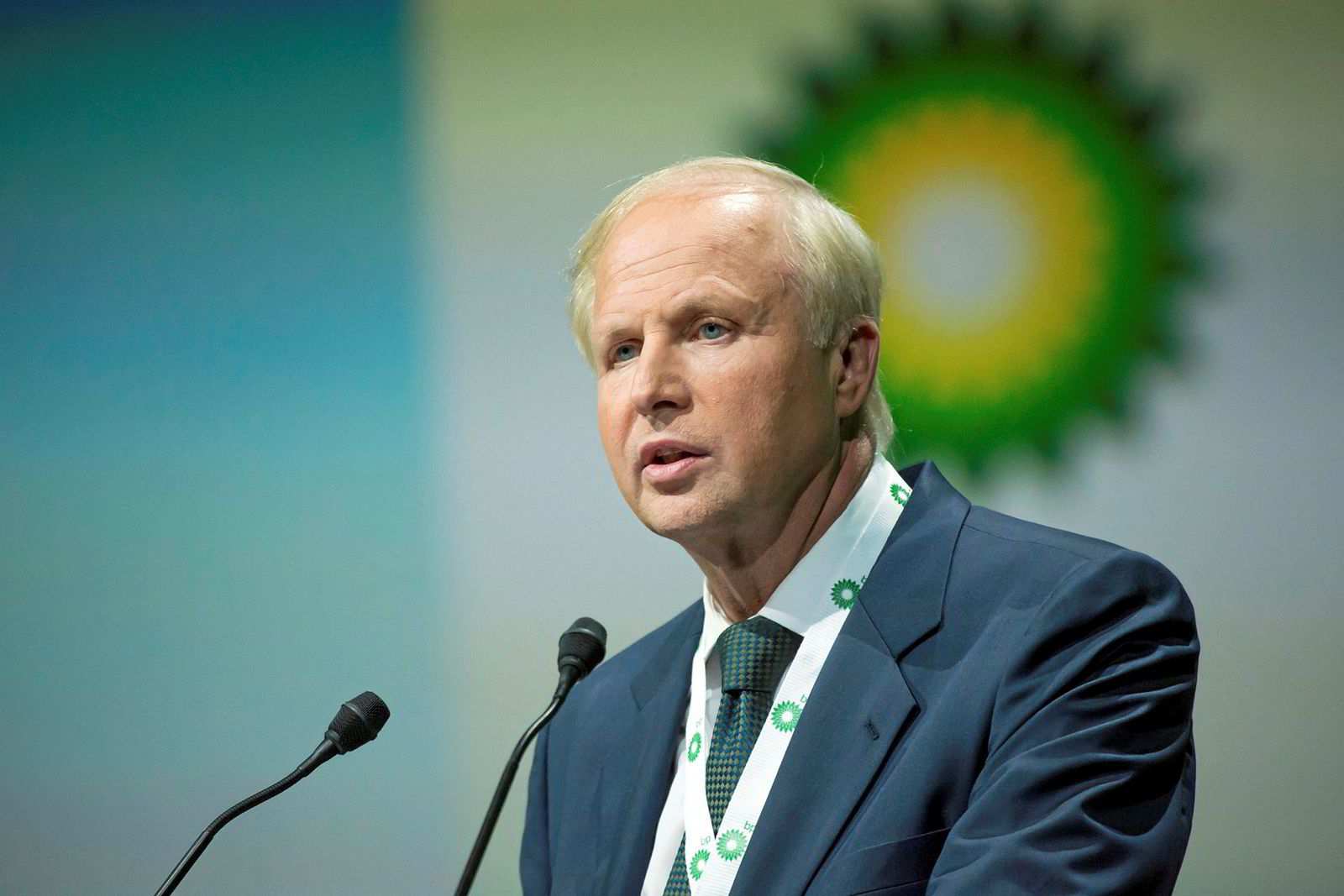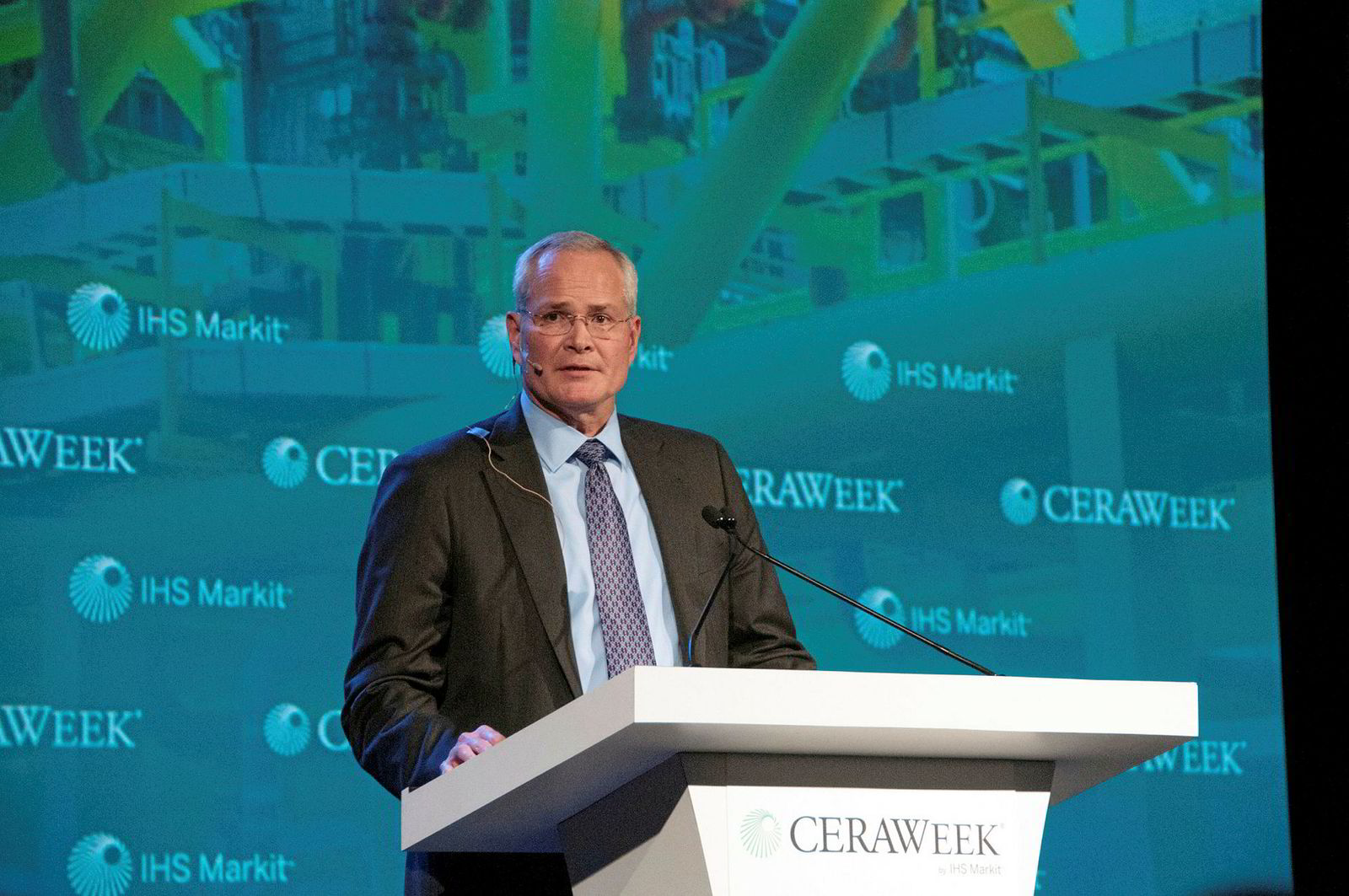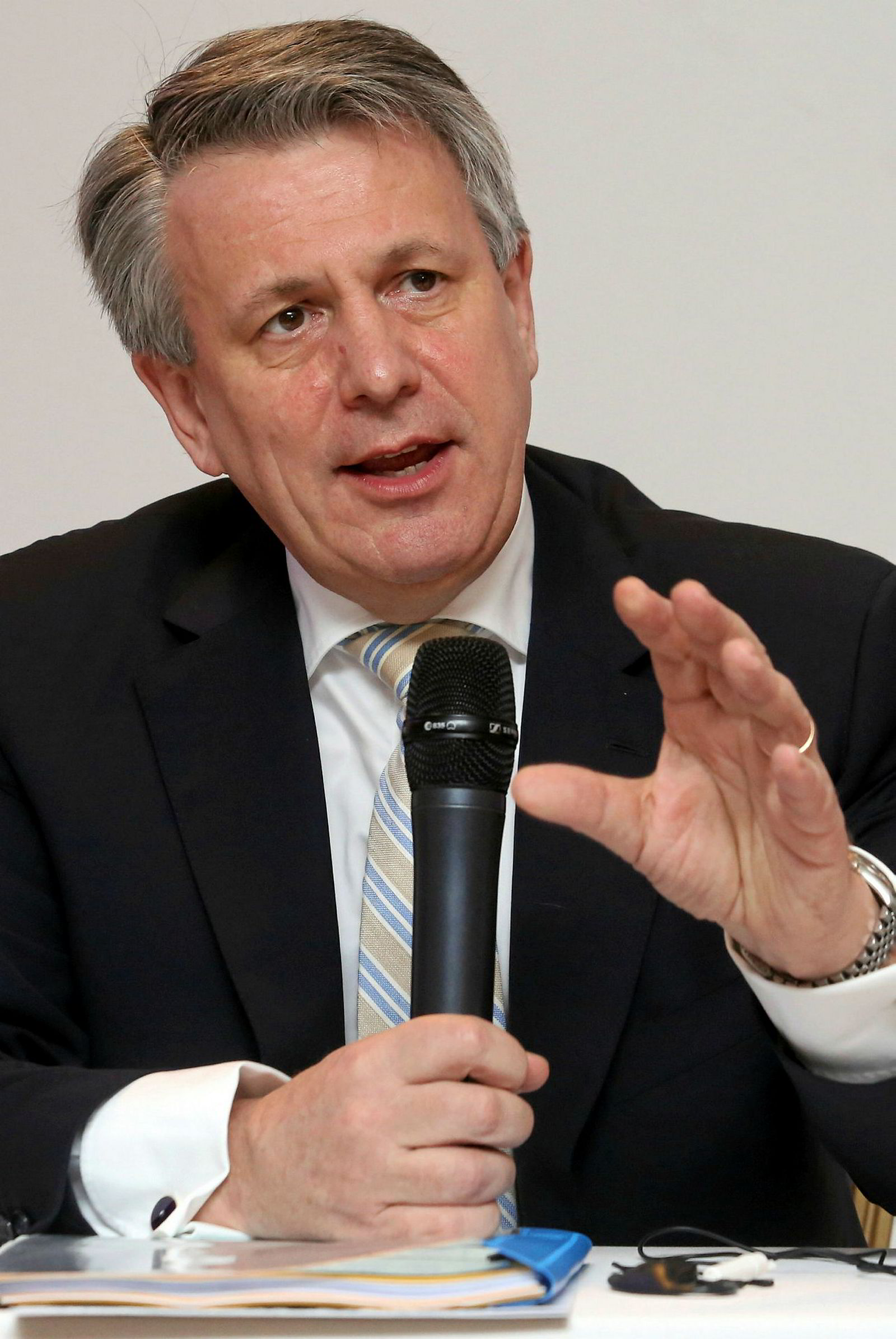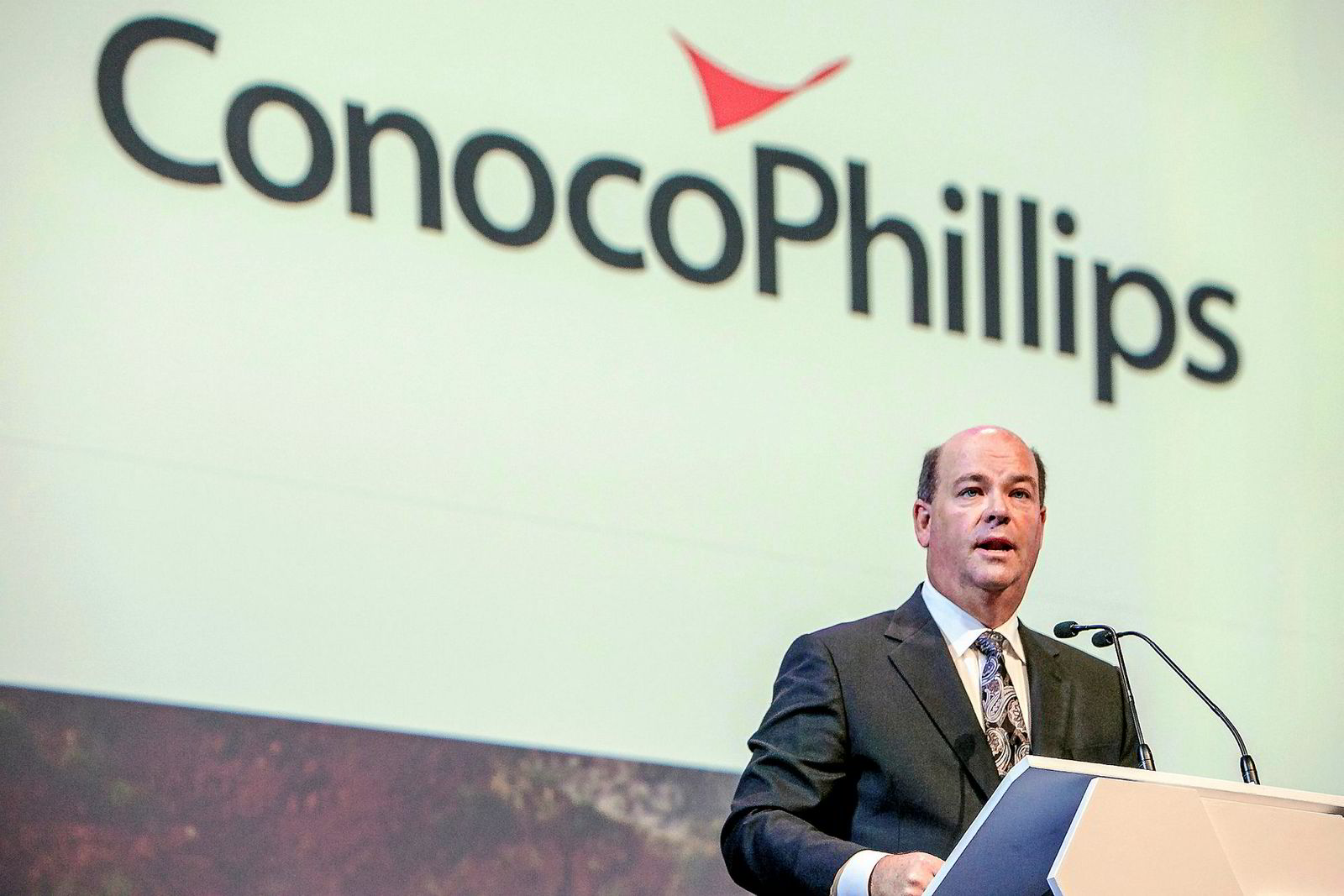Offshore shipowners’ crucial clients have been turning in strong figures and delivering fairly positive sentiment to the market.
The crisis in the sector gutted demand for offshore support vessels (OSVs) from late 2014 onwards as oil companies cut capital expenditure (capex) for exploration and production, which is the lifeblood of the market.
Before the crash in energy prices, oil companies were spending well beyond cash flows and some of the largest were still overspending by as much as 145% in 2015.
In the past 10 days, oil majors BP, ExxonMobil, Shell, Chevron and ConocoPhillips showed some big second-quarter financial improvements, although there is still a strict focus on capital and cost discipline in terms of new projects.
Profits are up and costs are down, as they move beyond being just cash flow neutral to covering dividends and capex.
BP sticks to plan
BP chalked up a profit of $144m in the second quarter of 2017, compared with a loss of $1.42bn in the same period last year.
The oil major’s spending plans to 2021 are unchanged, falling between $15bn and $17bn per year depending on oil prices. If the oil price falls to less than $45 per barrel, spending would drop to below $15bn, it says.
BP's capex was $7.9bn for the first half of 2017, down from $8.7bn for the same period last year.
Operating cash flow in the second quarter was $6.9bn, up from $5.3bn for the same period in 2016, excluding costs relating to the oil spill in the Gulf of Mexico (GoM).
BP group chief executive Bob Dudley says moving forward the unit-production cost is expected to be more than 40% lower than it was in 2013, with about 75% of those savings being made from efficiencies, which means they should be sustainable.
“A range for next year of around $45 to $55 [per barrel] seems like a reasonable assumption. But a lot could change between now and the end of the year around the supply and demand side of the equation,” BP chief financial officer Brian Gilvary said.
Commenting on that price range, Dudley said: “In our thinking, that’s a pretty good fairway for us going forward. About $50 [per barrel] for the next five years, that is the number we’re going to use.”
He says only the best and the most competitive projects will go forward in BP's portfolio, which has seen seven large projects launched in 2017. Dudley adds that BP is working to get its break-even figure to “well into the $30s”.
Exxon: 'Rebalancing'
ExxonMobil’s second-quarter profit for 2017 was $3.4bn, up 97% on the $1.7bn in the same period of last year.
Capex for the first half of the year was $8.1bn, down 21% from $10.3bn in the first six months of 2016.
Cash flow from operations and asset sales was $7.1bn, including proceeds associated with asset sales of $154m.
Despite the recent fall in oil prices, this is the third consecutive quarter that free cash flow has been greater than dividends to shareholders, says ExxonMobil secretary Jeffrey Woodbury, who is vice-president of investor relations.
ExxonMobil believes a rebalancing of the oil market is imminent.
Woodbury says oil demand is relatively strong, with likely growth of 1.5 million barrels this year. But, he adds, North America is on track to add one million barrels, while Opec and non-Opec producers are also a factor.
He said: “When you put all that together, you are seeing a convergence of supply/demand in the second half of 2017. That will probably spread out again as demand drops in the first half of 2018. But I think I’d summarise by saying that we are seeing some progress towards a healthier balance but ... there are a lot of variables in play.”
Shell: 'Lower forever'
Royal Dutch Shell generated a profit of $1.5bn in the second quarter of 2017, up 27% from $1.18bn in the same period last year.
Second-quarter operating cash flow was $11.3bn, up from $2.3bn in 2016. Free cash flow was $12.2bn, up from a negative $3.2bn.
Capital spending for the first half of the year fell to $11.5bn from $12.4bn for the same period in 2016, which excludes the $53bn acquisition of BG Group. The capex target for 2017 is $25bn.
Royal Dutch Shell chief executive Ben van Beurden says the company has more than covered the cash dividend for the fourth consecutive quarter, while also cutting almost $9bn in debt.
He says Shell has the “mindset” for “lower forever” oil prices but expects prices to rise. It is now sanctioning projects for break-even oil price of $40 per barrel or less.
“To be perfectly honest, I do think we will have quite a bit of movement in the oil price going forward and there is a better than 50:50 chance that we will see oil prices trend up, as the fundamentals of supply and demand reassert themselves. We do not want to have the mind-set that higher oil prices are around the corner to help us out,” he said.
Chevron: 'Inflection'
Chevron recorded a net profit of $1.5bn in the second quarter of 2017, reversing the $1.5bn loss for the corresponding period in 2016.
Capex for the first half of the year was $8.9bn, down from $12bn for the same period in 2016. Capex for the full year is also trending lower in a guidance range of $17bn to $22bn and is expected to be about $19bn.
Cash flow from operations in the first six months of 2017 was $8.9bn, compared with $3.7bn in the first half of 2016.
Chevron chief financial officer Patricia Yarrington said: “We are very much at a point of inflection in terms of higher cash generation from the assets that are online, higher margin-accretive production, and lower operating expenses. I think it is very much a transition year.”
Conoco: 'Pre-funded'
ConocoPhillips turned in an adjusted second-quarter net profit of $178m, excluding impairments, compared with a loss of $985m in the same quarter last year.
The company has lowered its spending guidance by around $200m to $4.8bn for this year. It indicates that roughly half of its planned capex next year will be flexible in case of lower oil prices.
But it also generated an operating cash flow of more than $1.6bn in the second quarter and says its planned projects are essentially “pre-funded” for the next few years.
“A year ago, we would have said we needed $60 or better [oil] prices to break even. Today, we’re really breaking even right around $50 — on profit break-even, not cash break-even,” ConocoPhillips chief financial officer Don Wallette said.








